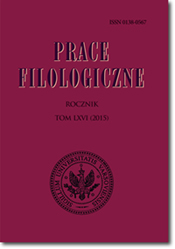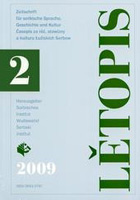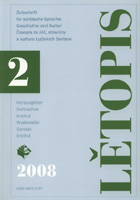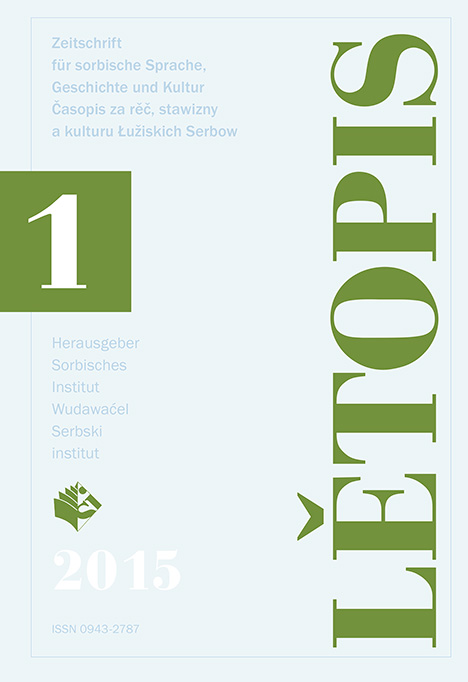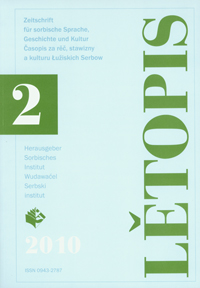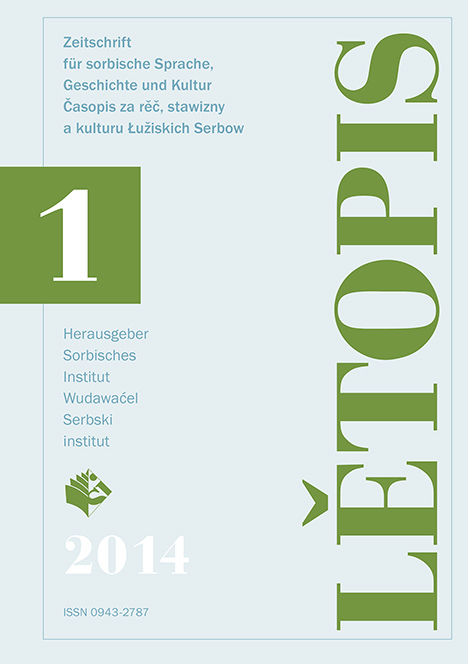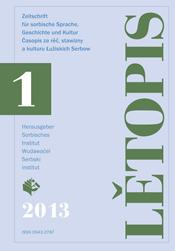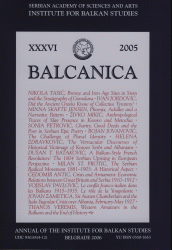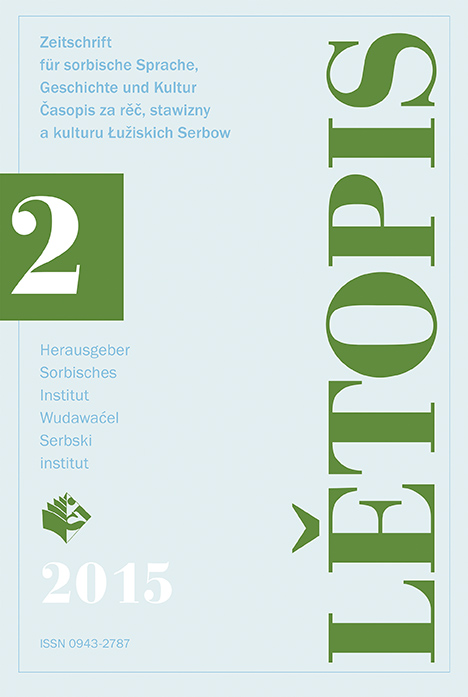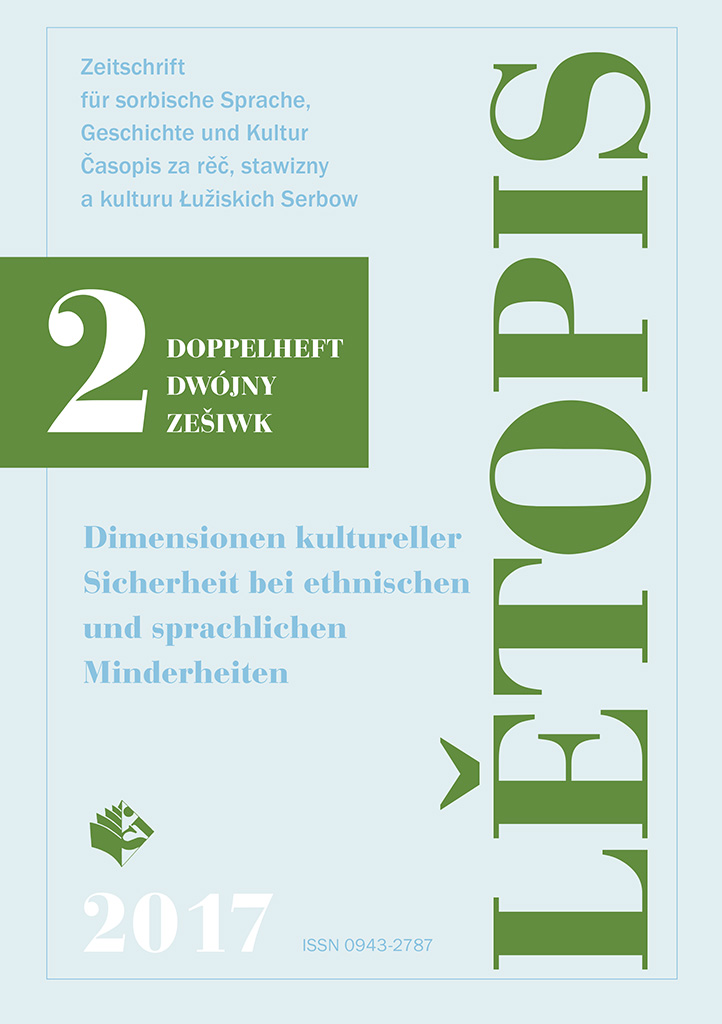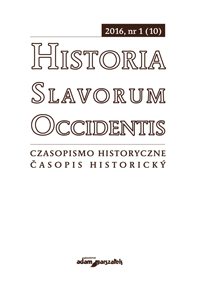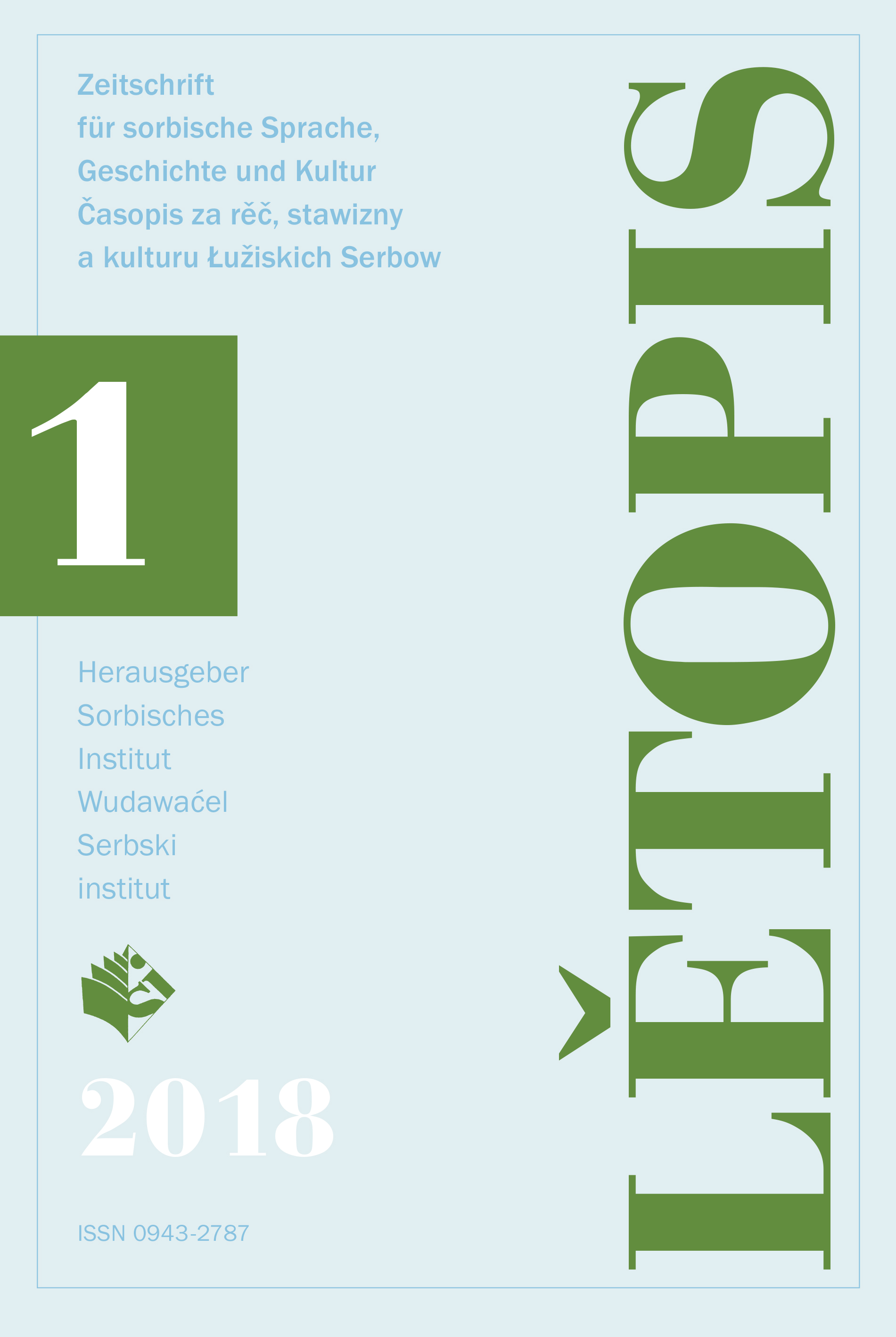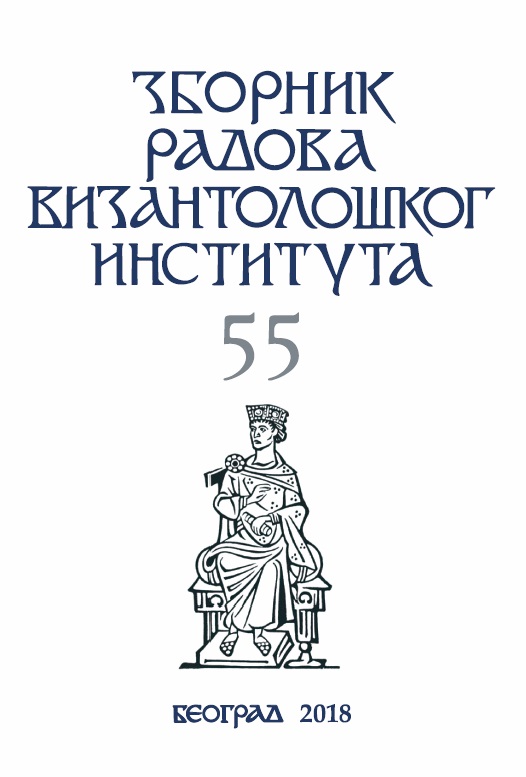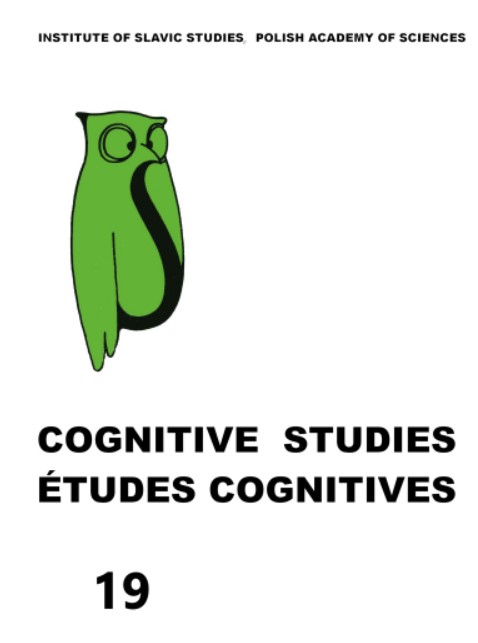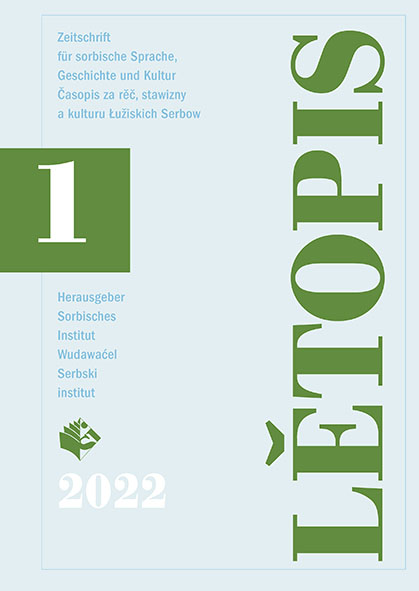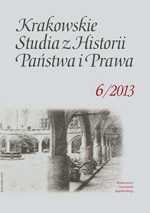
Upper Lusatian villici: stewards, town iudices or territorial advocati?
Górnołużyccy villici w pierwszej połowie XIII wieku: włodarze, sołtysi czy wójtowie?
Keywords: Upper Lusatia; Kingdom of Bohemia; local administrative structures
The text deals with the problem of the proper interpretation of the institution of villicus, mentioned in Upper Lusatia in the 1st half of the 13th century. The article discusses all the hitherto attempts to identify the actual nature of the Upper Lusatian villici and proposes some new interpretations. The close relations of those villici with chartered towns (namely: Zgorzelec/Görlitz and Ostritz) and the virtual lack of royal estates around them makes it possible to state that they were not, as most scholars have claimed, royal stewards taking care of estates administered directly by the Bohemian kings (in Upper Lusatia such goods probably barely existed at all). Therefore, the most probable interpretation of the villici seems to be the one presented in 1923 by J. Bauermann, who identifi ed them with the sculteti hereditarii of particular towns.
More...
